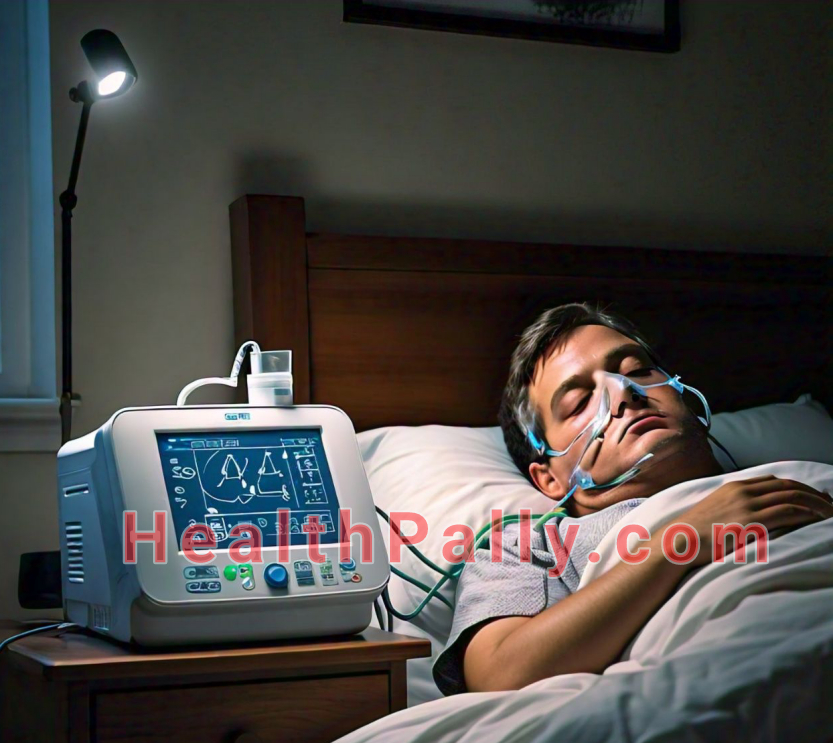Obstructive Sleep Apnea Disorder
While obstructive sleep apnea might seem like a disorder that can be quickly reversed with over-the-counter medications, it could be a serious problem.
It packs a punch of severe life threats and should be treated quickly.
Statistical data about its Prevalence
Statistics from the National Healthy Sleep Awareness Project show that at least 25 million Americans suffer this condition.
Sadly, approximately 328,000 car crashes with 6,400 resulting in fatalities were caused by obstructive sleep apnea (OSA) patients.
The report further adds that the disorder causes about 38,000 deaths annually while those who fail to seek professional healthcare are 4x more prone to a stroke and 3x more at risk of contracting heart diseases and other cardiovascular conditions in comparison to those who do.
Obstructive Sleep Apnea Therapy
Fortunately, with life-changing innovations like CPAP machine, BILEVEL machine, and AUTO PAP machine, it is now possible to solve the problem without invasive and complex surgical processes.
Nevertheless to a first timer, sleep apnea vocabularies like CPAP machine, AUTO PAP Machine, and BILEVEL machine might sound like a lot of jargon but here is a rundown .
CPAP Machine basics
Before we can dive in deep on the basics of a CPAP machine, it is essential that you fully grasp what it is so you can understand its essence in sleep apnea therapy. CPAP refers to Continuous Positive Airway Pressure.
Therefore, as the name suggests, a CPAP machine is a device used in obstructive sleep apnea (OSA) therapy to help keep the airwaves of the user open throughout the night thereby preventing the pneumatic tissues from collapsing and restricting breathing.
It comprises of various parts, but the primary are the machine, tubing, and an air-cushioned mask that fits over the nose and the mouth.
The mask also has straps which the patient wears over the head to ensure that it remains in place over the course of the night.
A CPAP machine provides a continuous stream of pressurized air through the mask. The gentle stream of air contains heated humidifiers that help prevent congestion and nasal dryness.
It also helps eliminates the breathing pauses significantly and prevents choking or snoring. As a result, the user gets quality and uninterrupted sleep which in return results to their overall wellbeing.
Introduced to the market in the 1980’s and continuously developed over the years, they are also referred to as standard or fixed CPAP machines as they tend to deliver a predetermined or specific amount of pressurized air throughout the night.
For instance, a CPAP device that is marked 12cm/H2O will provide this amount of air throughout the night.
What is an AUTO PAP Machine?
For quite a long time now, most patients have been confusing an AUTO PAP machine with a CPAP as they both tend to come with the ramp mode.
It is, however, essential to note that these two OSA therapy devices are quite different.
An AUTO PAP machine refers to an automatic positive air pressure therapy device. Unlike the CPAP, the amount of pressurized air it delivers is not predetermined, and its pressure automatically adjusts all night depending on the needs of the patient hence the tag AUTO.
Most of these operate from a range of 4cm/ H2O to 20cm/ H2O which changes all night depending on the stages of sleep or sleeping positions.
This makes an AUTO PAP machine convenient because there are certain positions such as sleeping on the back which make the patient more prone to obstructive sleep apnea (OSA) and there are also different stages of sleep.
For instance, you are more likely to get sleep apnea during deep sleep in comparison to light rest as the muscles tend to relax even more.
BILEVEL machine
A person suffering from mild sleep apnea might find the AUTO PAP and CPAP machines convenient as they tend to get few sleep obstructions per hour.
However, a person with severe OSA might find it difficult as apnea tends to recur after every few minutes which means using the same pressure setting for inhalation and exhalation proves futile as it causes sleep deprivation.
Fortunately, the entry of BILEVEL machines to the healthcare arena has made things much easier.
A BILEVEL CPAP device is similar to a CPAP except that it provides a gentle stream of air in two different pressure settings.
In other words, the pressure setting during inhalation is different from exhalation hence the Bi in the name BILEVEL machine.
The two pressure settings are separated by a threshold of 3-6 cm.H2O.
For instance, a patient using a BILEVEL machine with a 14 cm IPAP will have a 10 cm EPAP thus making the pressure support threshold 4.
They are often prescribed to people with specific neuromuscular and cardiopulmonary disorders such as lung and congestive heart failure respectively.
The Effectiveness of CPAP Machines
It is easy to wonder why one would choose a CPAP over an AUTO PAP or a BILEVEL machine.
However, it is important to note that all the three devices are effective and it all comes down to the level and type of sleep apnea that you are suffering from and what your physician feels will work best for you.
Most of these are usually compact in size, lightweight and relatively quiet which makes it possible for you to place on your nightstand and sleep.
